In the heart of the Central Andes mountain range, a colossal peak known as Uturuncu stands as a towering sentinel. This mountain, the tallest in southwestern Bolivia, is what scientists refer to as a "zombie volcano." It hasn't erupted in over 250,000 years, yet it exhibits signs of activity reminiscent of active volcanoes—gas plumes, earthquakes, and even a peculiar "sombrero" deformation near its summit. This unusual behavior has left researchers with a burning question: Can a volcano truly rise from the dead?
The Enigma of Uturuncu
Satellite radar imagery from over two decades ago revealed a striking phenomenon at Uturuncu. Forces within the volcano had lifted and then lowered a region near the summit, creating a sombrero-shaped deformation spanning about 93 miles (150 kilometers). This unusual activity prompted scientists to take a closer look at Uturuncu, combining satellite data with seismic analysis and computer models to uncover the inner workings of this dormant giant.
The findings, reported in the journal Proceedings of the National Academy of Sciences, shed light on Uturuncu’s inner anatomy and the cause of its unrest. Volcanic eruptions typically occur when magma surges into subsurface pockets called magma chambers and then escapes to the surface through vents and fissures. However, Uturuncu’s behavior did not fit this pattern. Instead, the study revealed that magma, gases, and briny fluids were interacting in a complex hydrothermal network, producing the volcano’s zombie-like rumblings.
The Hydrothermal Network
Beneath Uturuncu lies a vast reservoir of magma known as the Altiplano-Puna Magma Body, spanning roughly 124 miles (200 kilometers) and located at a depth of about 6 to 12 miles (10 to 20 kilometers). This reservoir is the largest known active magma body in the Earth’s crust. Previous studies hinted at an active hydrothermal system linking the magma reservoir and the mountain range above, but the exact interactions between magma and fluids remained a mystery.
Using data from over 1,700 seismic events between 2009 and 2012, scientists produced high-resolution images of the shallow crust under Uturuncu. They also recorded electrical and gravitational shifts, as well as changes in rock chemistry, revealing unprecedented details of the channel system beneath and within the volcano. The researchers discovered that as the magma body heated subterranean liquid and released gases, these gases and liquids migrated upward and collected in chambers below the volcanic crater. Their movement through Uturuncu triggered quakes, released steam, and deformed the volcano’s rock, causing a surface rise of about 0.4 inches (1 centimeter) per year.
The Zombie Volcano’s Future
Despite Uturuncu’s ongoing activity, the study suggests that this zombie volcano is unlikely to awaken anytime soon. "We’re not seeing seismicity increasingly rising," said Dr. Mike Kendall, a professor and head of the department of earth sciences at the University of Oxford. "A bad sign would be an increase in seismicity, and then seismicity that’s starting to migrate from great depth to much shallower depths—that’s usually an indication that magma is on the move. We’re not seeing anything like that. It looks like it’s just the volcano degassing, letting off steam and calming down, if anything."
The Importance of Multidisciplinary Research
The study’s success hinged on the integration of multiple research methods. Geologist Dr. Benjamin Andrews, director of the Global Volcanism Program at the Smithsonian Institution’s National Museum of Natural History, emphasized the importance of combining seismic activity analysis, rock chemistry, and physics. "In isolation, these methods would give interesting but somewhat ambiguous results," Andrews said. Together, they pointed to a hydrothermal system rather than surging magma as the cause of Uturuncu’s activity, providing a snapshot of the interplay between magma, rock, and fluid under volcanoes.
This research has broader implications for understanding not just volcanoes but also granitic rocks, ore bodies, and the formation of the continental crust. It highlights the fact that some volcanoes can be quite active without necessarily being primed for eruption. Over decades, the Global Volcanism Program has recorded about 50 zombie volcanoes older than 12,000 years but younger than 2.6 million years. Their signs of activity are mostly geothermal features like hot springs and fumaroles, openings where hot gases escape.
The Potential for Geothermal Energy and Mineral Deposits
As one of many dozens of zombie volcanoes being tracked worldwide, Uturuncu’s findings could help identify which of these dormant giants are at risk of erupting. Some zombies show elevated surface temperatures and are already being explored as potential sources of geothermal energy, as well as for their mineral deposits, such as copper, nickel, and platinum. "Peering at a volcano’s internal plumbing could reveal possible targets for harnessing geothermal energy and accessing metals that are essential for technologies," Kendall added.
A New Approach to Volcanic Research
The combination of methods used in this study could be applied to analyzing any type of volcano, not just zombies. "It’s a really good way of better understanding the anatomy of a volcano, at what stage of development it is in," Kendall said. "That’s very important for risk and hazard assessment."
Uturuncu’s enigmatic behavior has captivated scientists for decades, and this latest research provides valuable insights into the inner workings of this zombie volcano. While the findings suggest that Uturuncu is unlikely to erupt anytime soon, the study’s multidisciplinary approach offers a new way to understand volcanic activity and assess potential hazards. As researchers continue to monitor Uturuncu and other zombie volcanoes, the lessons learned could pave the way for safer and more sustainable use of geothermal resources and the extraction of essential minerals.
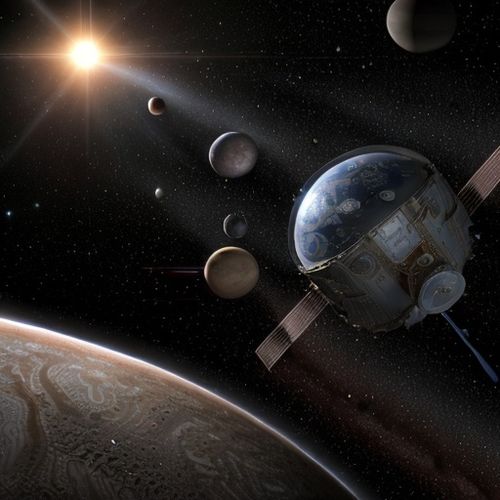
By Sophia Lewis/May 6, 2025

By Olivia Reed/May 6, 2025
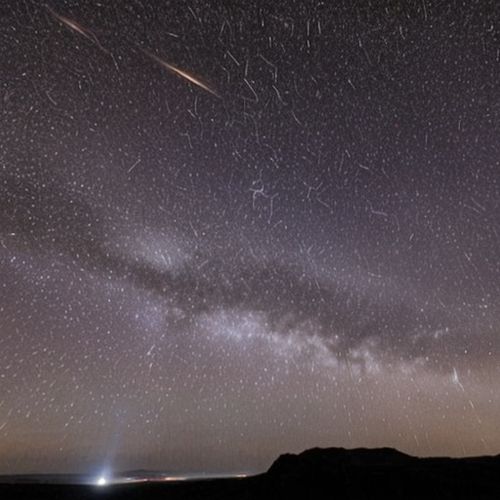
By William Miller/May 6, 2025

By Eric Ward/May 6, 2025
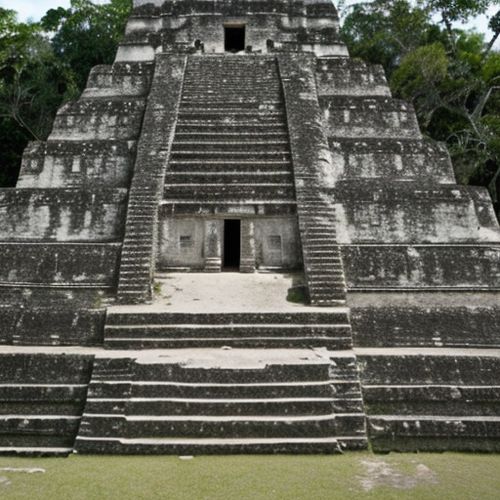
By John Smith/May 6, 2025

By Rebecca Stewart/May 6, 2025
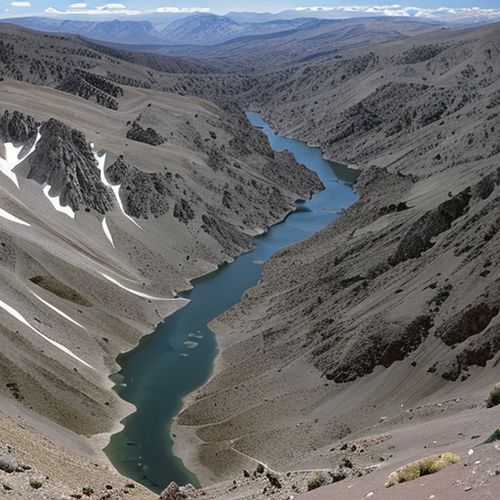
By Benjamin Evans/May 6, 2025

By Eric Ward/May 6, 2025
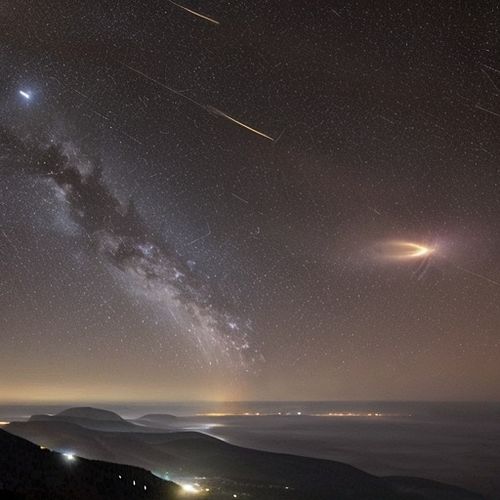
By Eric Ward/May 6, 2025
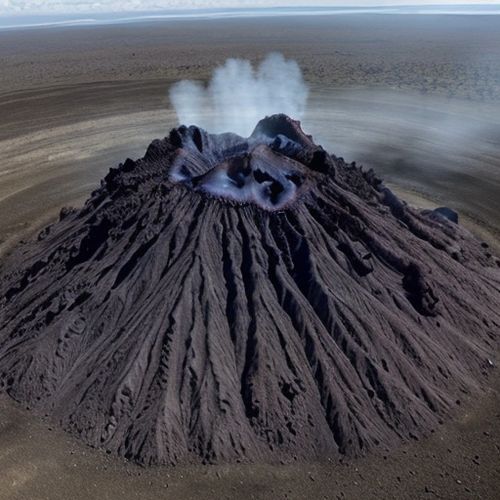
By Daniel Scott/May 6, 2025

By Benjamin Evans/May 6, 2025

By Elizabeth Taylor/May 6, 2025

By James Moore/May 6, 2025
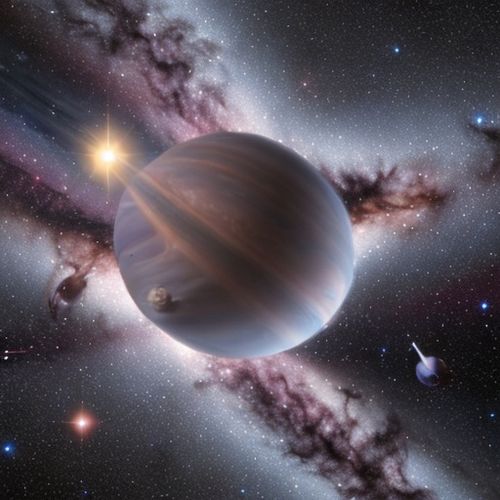
By Victoria Gonzalez/May 6, 2025

By Sophia Lewis/May 6, 2025
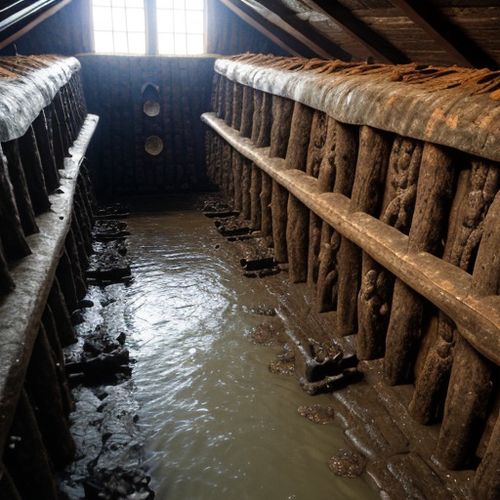
By Laura Wilson/May 6, 2025

By Olivia Reed/May 6, 2025

By David Anderson/May 6, 2025

By Olivia Reed/May 6, 2025
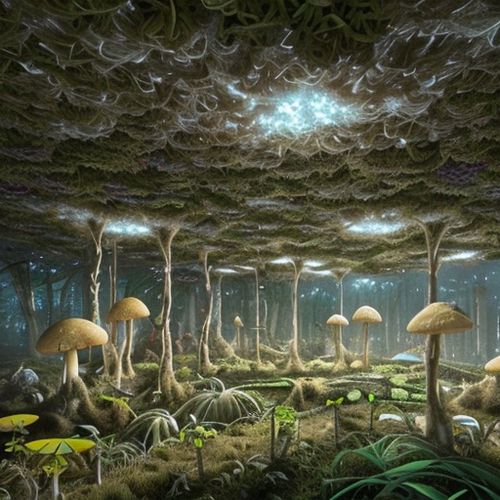
By Sophia Lewis/May 6, 2025